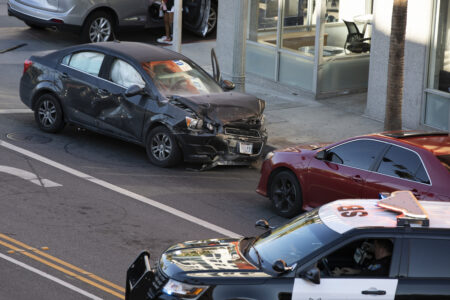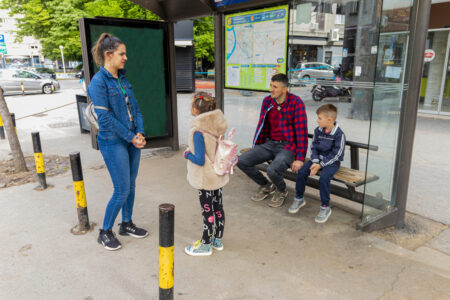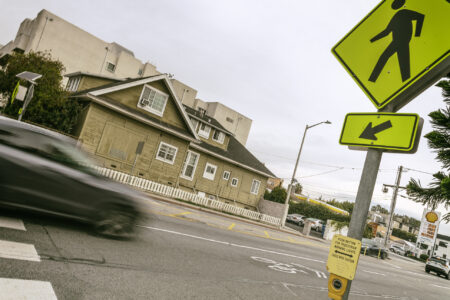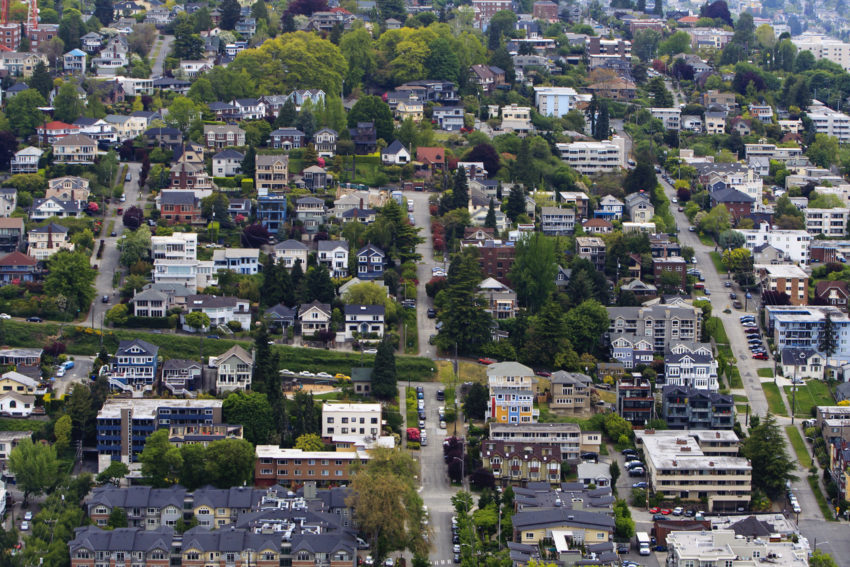
Share On Social!
Researchers are finding that population density is not associated with higher death rates from COVID-19.
Unfortunately, some people still blame compact housing and transit for pandemic spikes, and use that misinformation to promote sprawling residential development and disinvestment in transit in the name of health. These are the same poor practices that have segregated neighborhoods and contributed to drastic disparities in health and wealth for a century.
As city leaders respond to concerns about COVID transmission and develop economic recovery plans, they must challenge the discriminatory status quo, consider transportation expenses, and shift toward equitable, compact (not overcrowded) housing development.
“Restoring urban transit networks to full force, expanding their service, and extending their reach across cities must be at the top of every nation’s economic-recovery strategy,” wrote former New York City Department of Transportation Commissioner Janette Sadik-Khan in The Atlantic.
Discriminatory Planning Practices Threaten COVID-19 Recovery
The policies and practices that created our neighborhoods are rooted in racial and class exclusion.
Although redlining has been banned, single-family zoning persists. This reinforces racial and economic segregation through minimum lot sizes, minimum housing sizes, setbacks, and height limits.
Single-family zoning is the most inequitable and environmentally destructive practice in North American planning, according to Jake Wegmann, assistant professor in the Community and Regional Planning Program at the University of Texas at Austin.
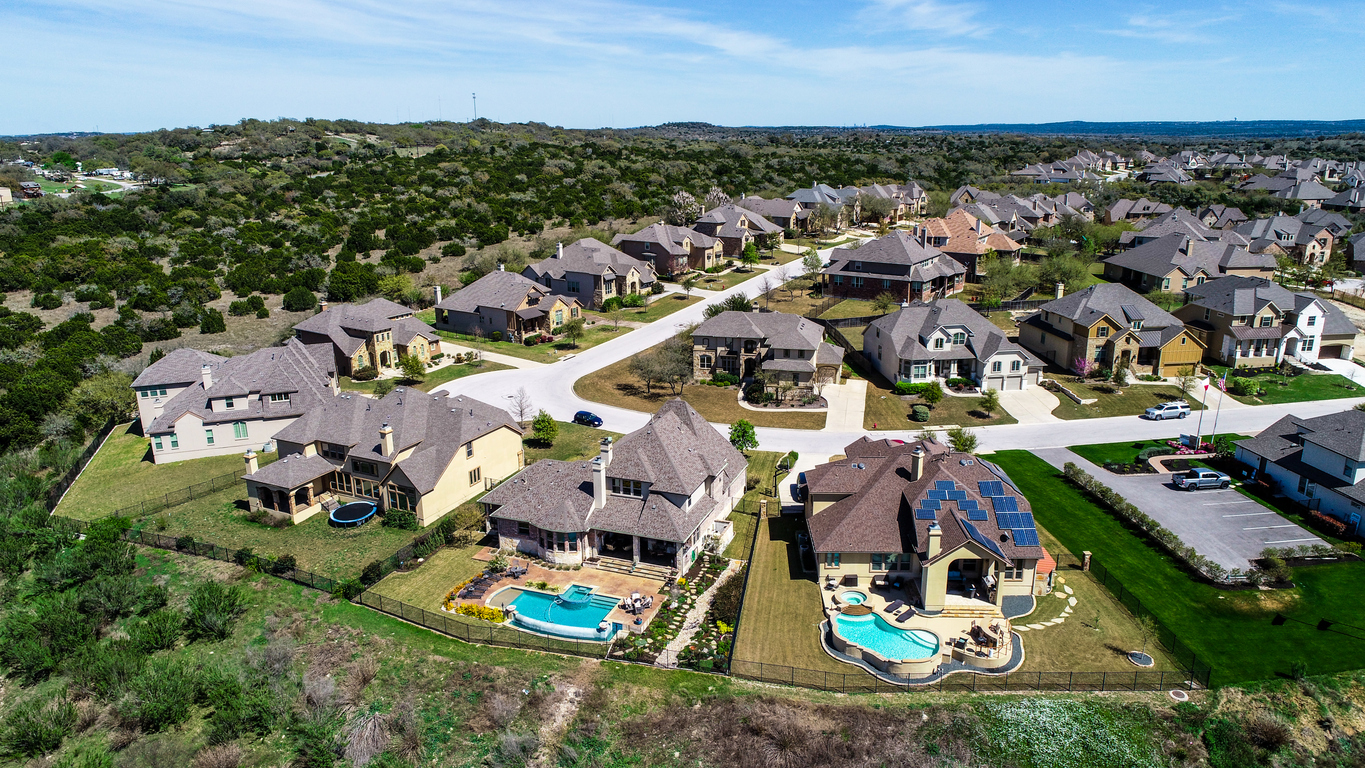
For example, mandates for large lot or large housing sizes create a high price of admission into a neighborhood, which excludes people unable to afford large lots. This is common. In central Austin, less than one mile from city hall, houses zoned for single family have minimum lot size requirements of 5,750 square feet.
“A regulation that, in effect, mandates a high minimum consumption level of land and living space guarantees that in sought-after city neighborhoods in hot-market cities, and in exclusionary suburbs everywhere, new market-rate housing will never serve the middle class, much less the poor,” according to Wegmann.
Moreover, this type of sprawling residential development is associated with high rates of automobile use and emissions.
Although this century-old practice has become the status quo, there is no defensible rationale grounded in health, safety, or public welfare for single-family zoning to prohibit and mandate housing/lot sizes, Wegmann says.
In fact, demand is rising for compact, walkable urban places.
Suburban development failed to deliver on the promises of de-centralizing poverty and building wealth through homeownership.
Suburbanization of Poverty Threatens COVID-19 Recovery
America is a nation of suburbs—white suburbs.
About 46 million Americans live in the nation’s rural counties, 98 million in urban counties, and 175 million in suburbs and small metros, 90% of which are white.
However, there is a dramatic shift happening in suburbs.
Reinvestment in urban cores, disinvestment in affordable housing in urban cores, and the continued suburbanization of jobs has resulted in a shift in poverty.
In 2015, suburbs became home to more poor residents than cities for the first time in American history.
“Almost every major metro area experienced a significant increase in the suburban poor population between 2000 and 2015,” according to Elizabeth Kneebone’s testimony before the House Ways and Means Committee, Subcommittee on Human Resources in February 2017.
In fact, the number of poor residents living in distressed neighborhoods grew in suburbs by 188% between 2000 and 2014 compared to 80% in cities.
In the suburbs, people are further away from employment centers, essential destinations, and transit, thus are dependent on owning a vehicle.
Driving is dangerous and expensive.
Traffic crashes killed nearly 39,000 people in 2019 and injured 4.4 million.
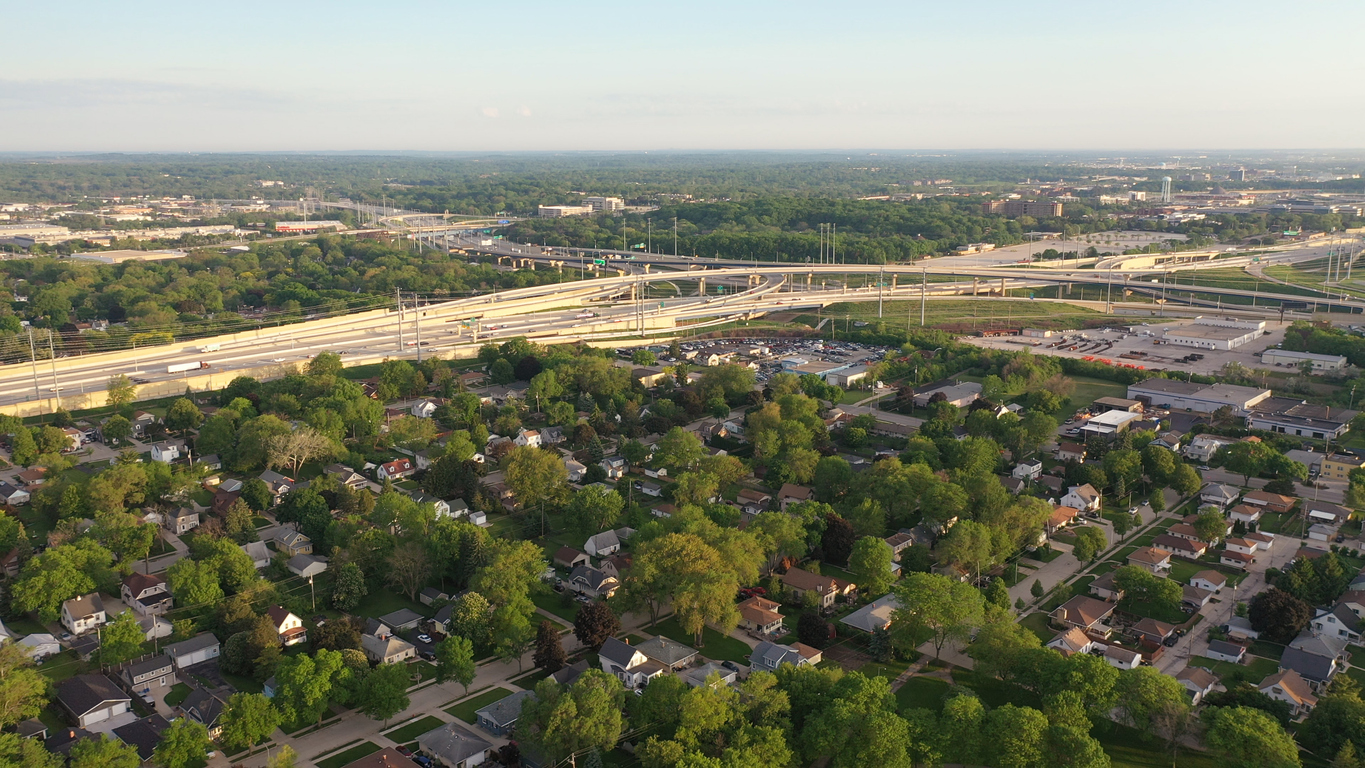 In some cities, people are spending nearly as much on vehicle ownership as they are on housing, meaning they have less left over to invest in education, health, and wealth.
In some cities, people are spending nearly as much on vehicle ownership as they are on housing, meaning they have less left over to invest in education, health, and wealth.
In San Antonio, for example, more than 1 million residents spend more than 22% of their annual income on transportation while over 800,000 spend less than 24% on housing.
Without nearby destinations and/or frequent transit, these families are unable to sell a vehicle to balance household budgets due to the economic backlash of COVID-19.
Local coronavirus recovery plans must account for transportation expenses, particularly for essential workers who are unable to work from home.
Compact Development and Transit are Solutions
Compact Development. Researchers examined the relationship between density and the COVID-19 infection and mortality rates for 913 metropolitan counties in the U.S. and found that although counties with higher density have a higher infection rate, these areas have significantly lower virus-related mortality rates than counties with lower densities.
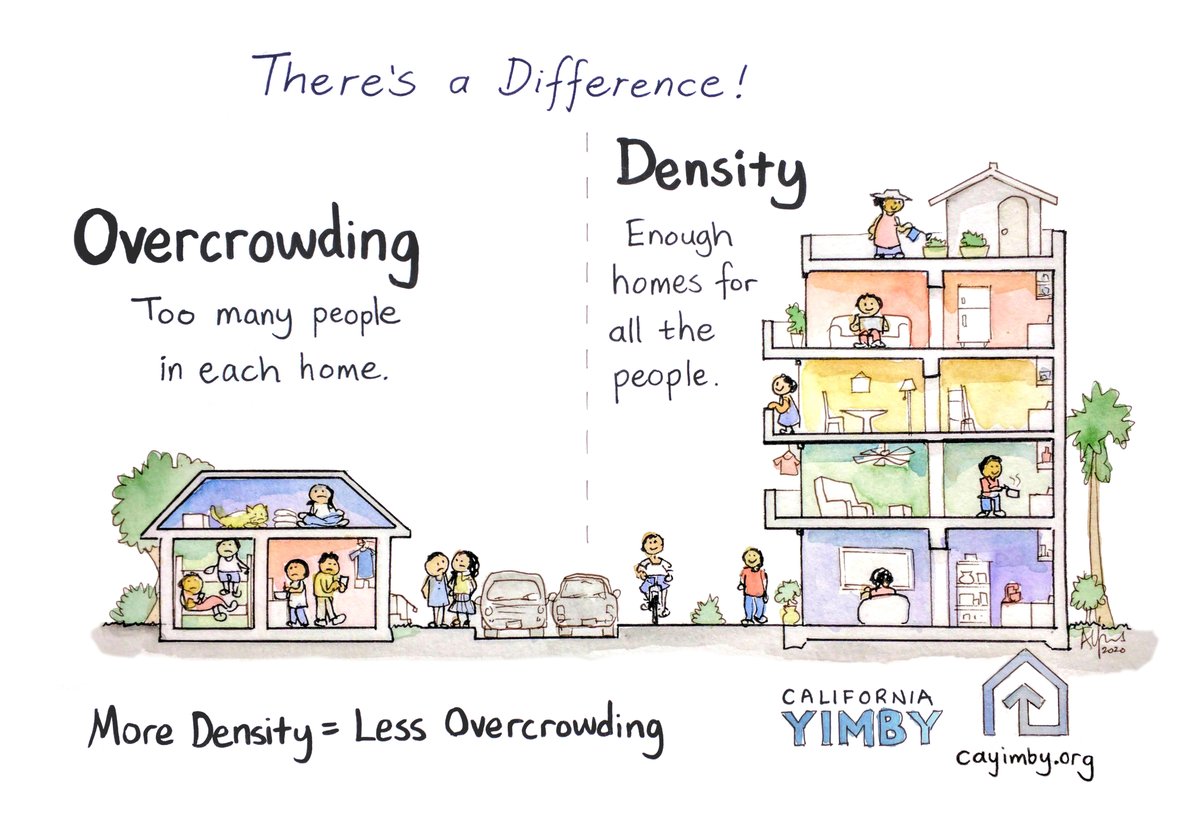
“We find no evidence that sprawling areas are more immune to the pandemic or that sprawling areas experience lower death rates,” according to the June 2020 study published in the Journal of the American Planning Association.
“Compact development is associated with open space preservation, higher innovation and overall economic productivity, more opportunities for upward mobility, greater social capital, less likelihood of obesity and related chronic diseases, less car dependency and its associated quality of life outcomes such as traffic congestion, improved traffic safety, improved air quality, and increased overall life expectancy,” according to the June 2020 study.
Transit. In mid-April, a working paper linked COVID and transit in New York. However, critics challenged the methodology for overlaying the home ZIP codes of patients with a subway map rather than tracing patient cases to the subway.
No such dramatic links between transit and COVID have been elsewhere in the world since.
Recent studies in Paris and Austria found that none of the COVID infection clusters were from transit.
Moreover, dense, transit-dependent cities in Asia, like Hong Kong, Tokyo, and Seoul have had very few infections. In fact, Hong Kong, a city of 7.5 million people has recorded one-tenth the number of COVID cases as Kansas, which has fewer than half the people.
“Cities won’t recover by adding a traffic crisis to the health and economic crisis,” Tweeted Sadik-Khan.
As transit agencies manage massive budget shortfalls, they must also manage pandemic-related fears to reassure and reclaim lost riders.
Local governments and planners play an important role in advocating for transit and mixed-income compact development, as well as adopting more effective social distancing measures to prevent overcrowding.
You can urge local leaders to declare racism a public health crisis and commit to action to dismantle racism, challenge policies and practices that reinforce auto-dependent and sprawling development, and promote infill, inclusionary zoning, transit, and transit-oriented development.
By The Numbers
27
percent
of Latinos rely on public transit (compared to 14% of whites).

